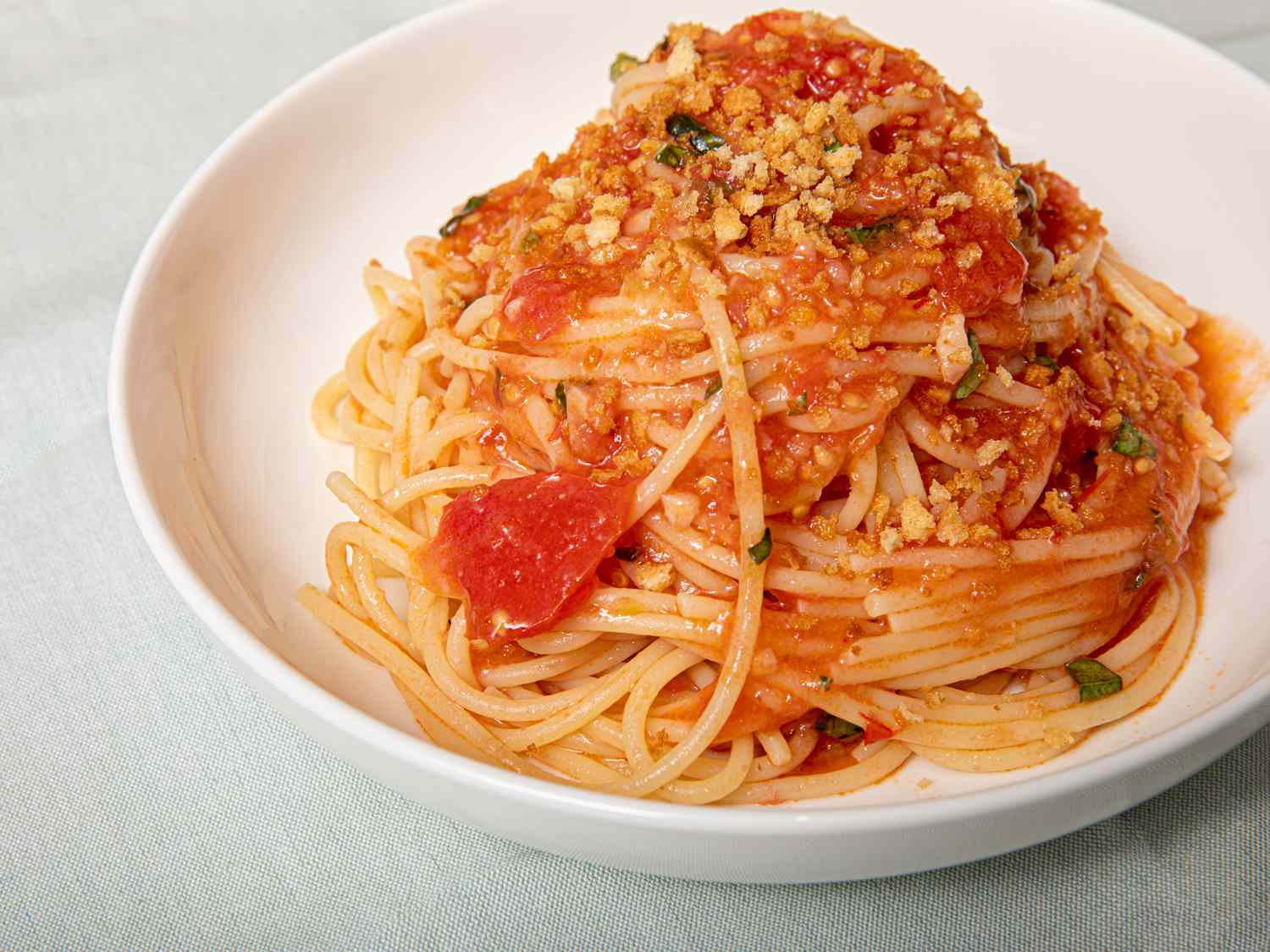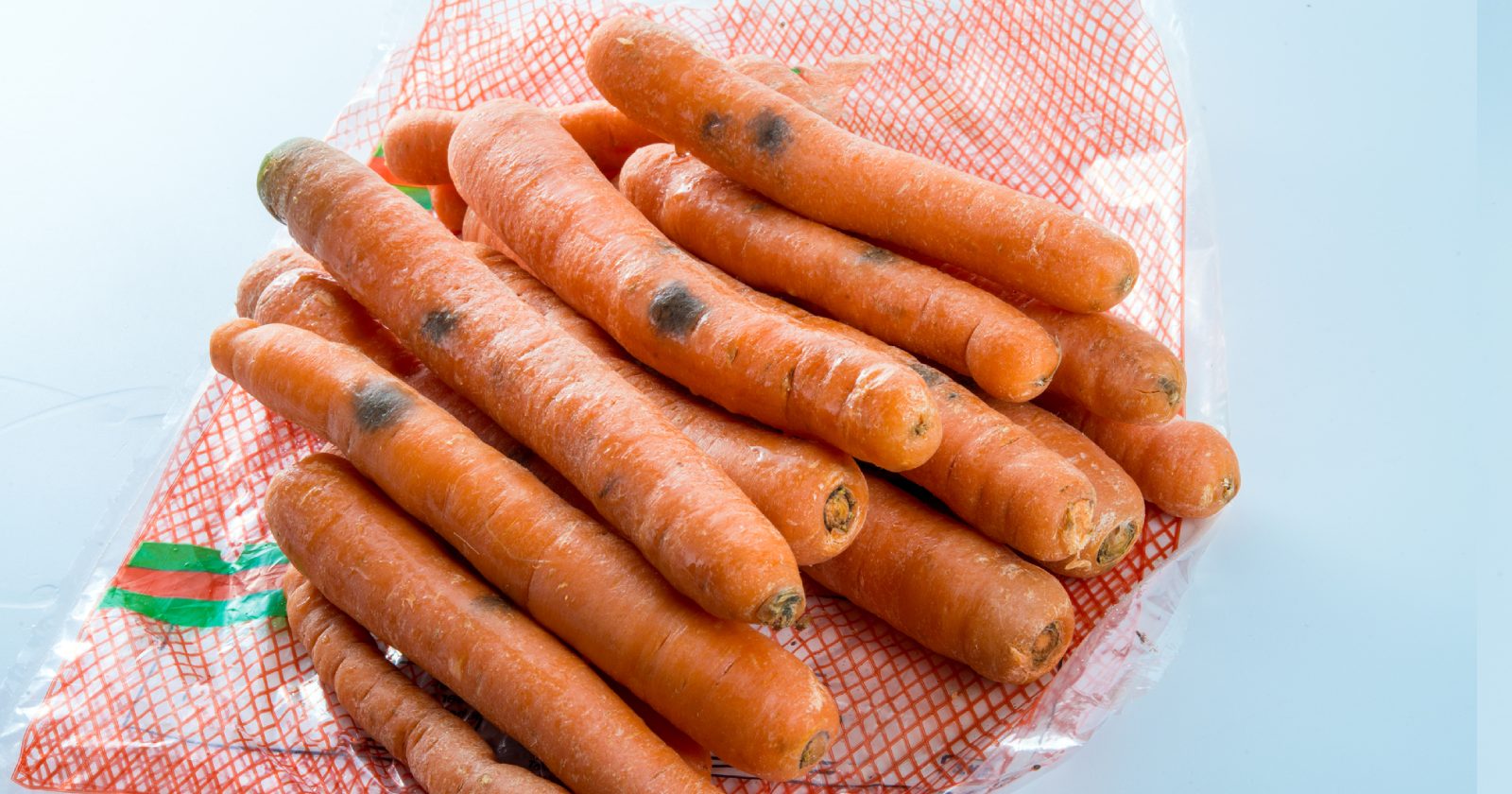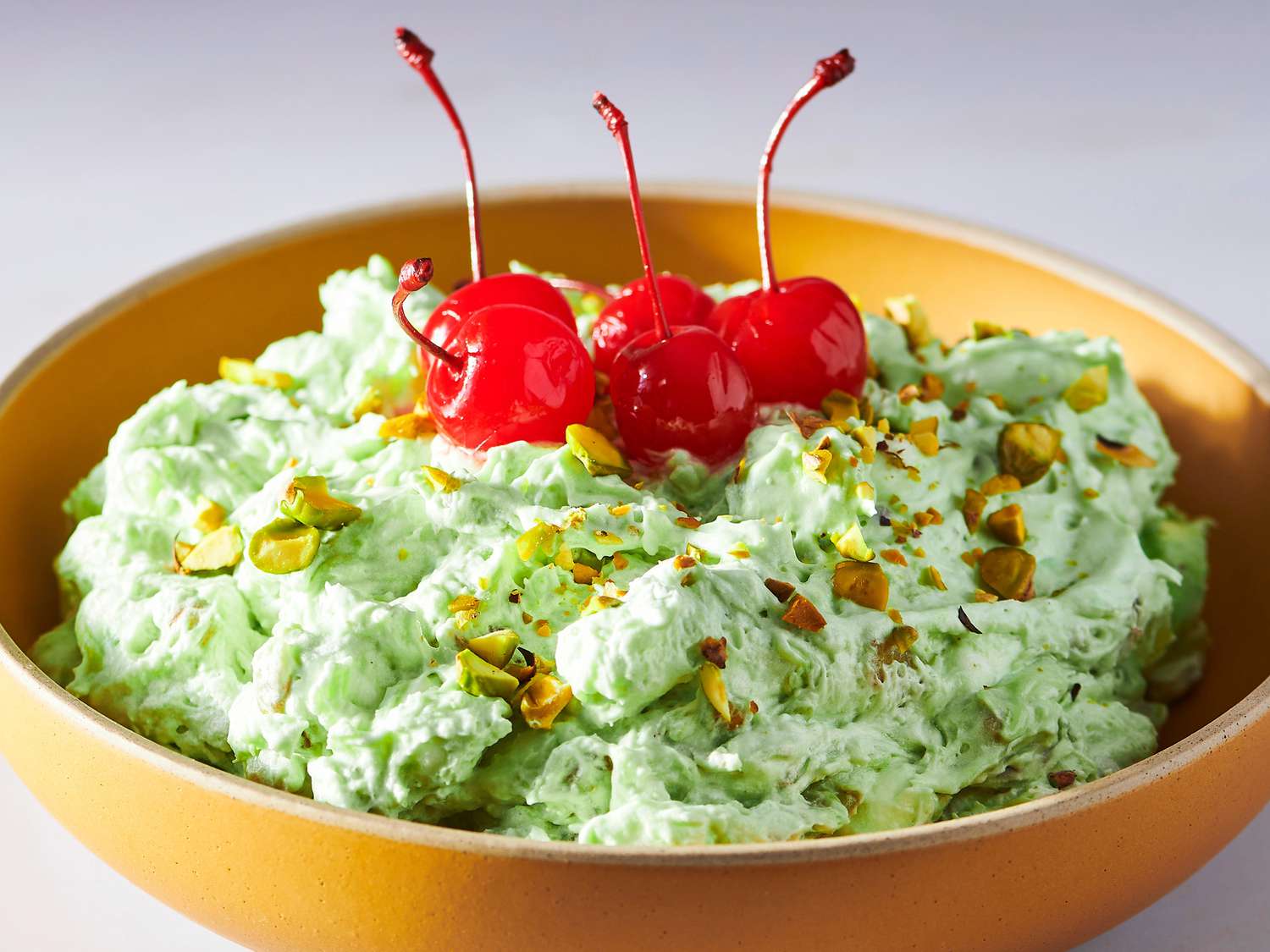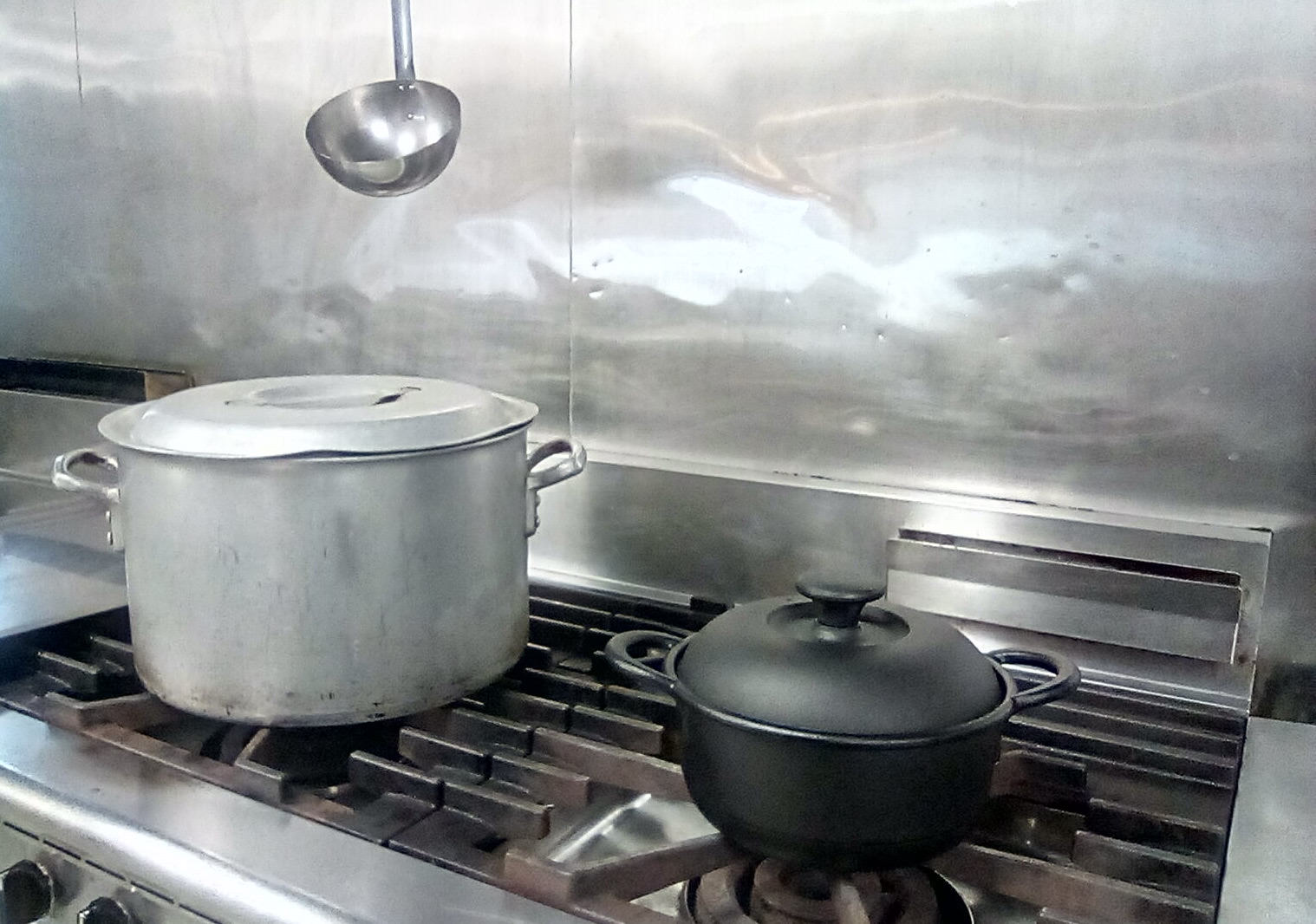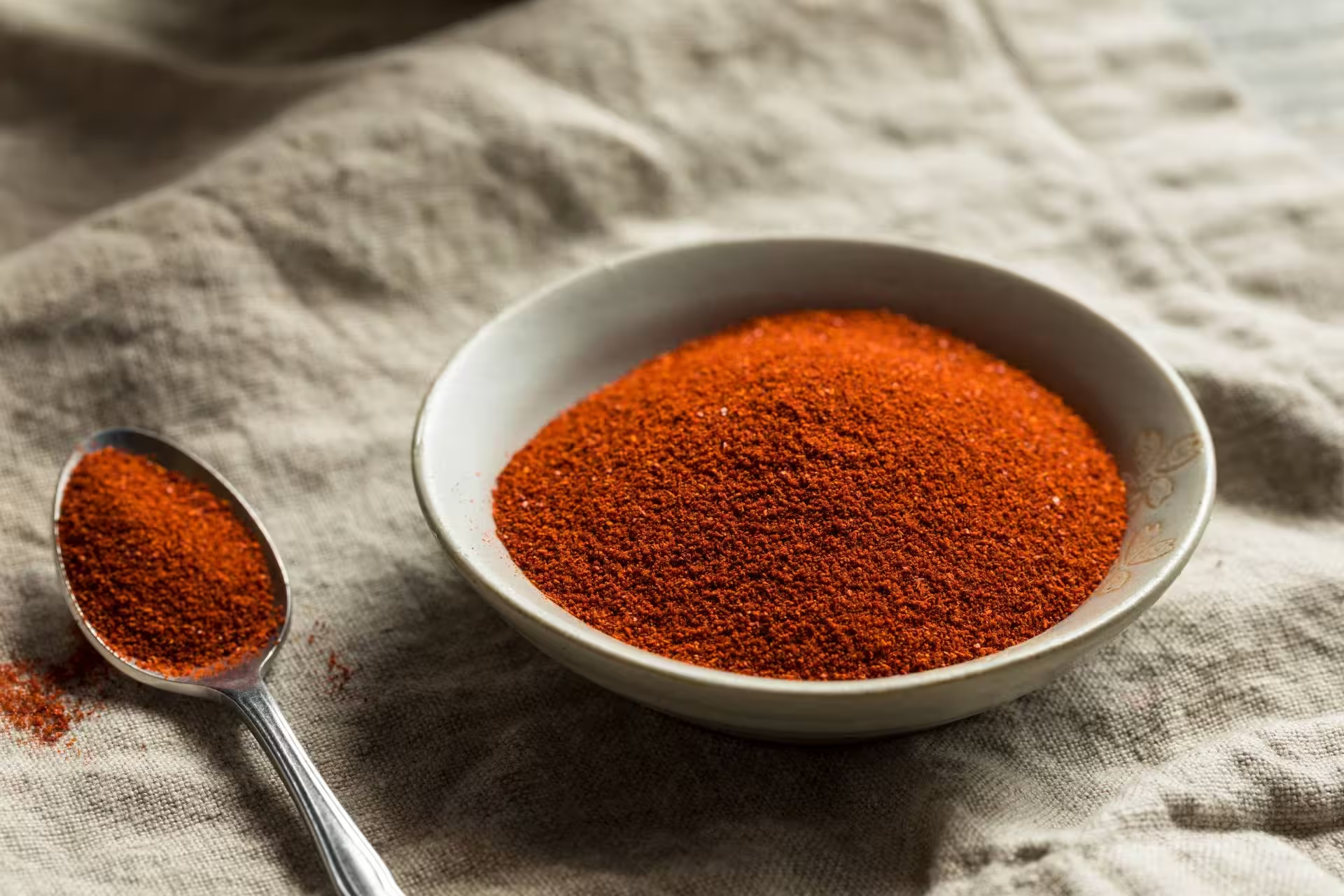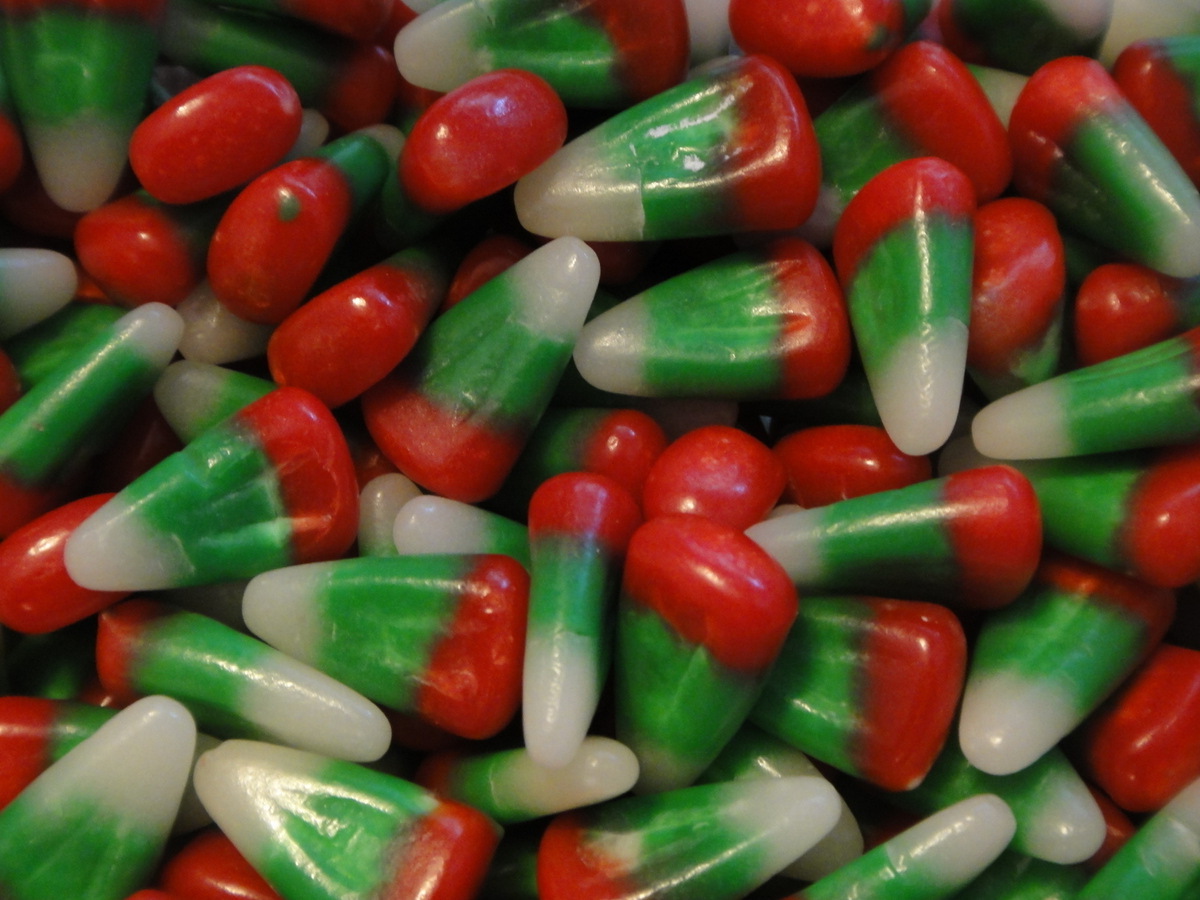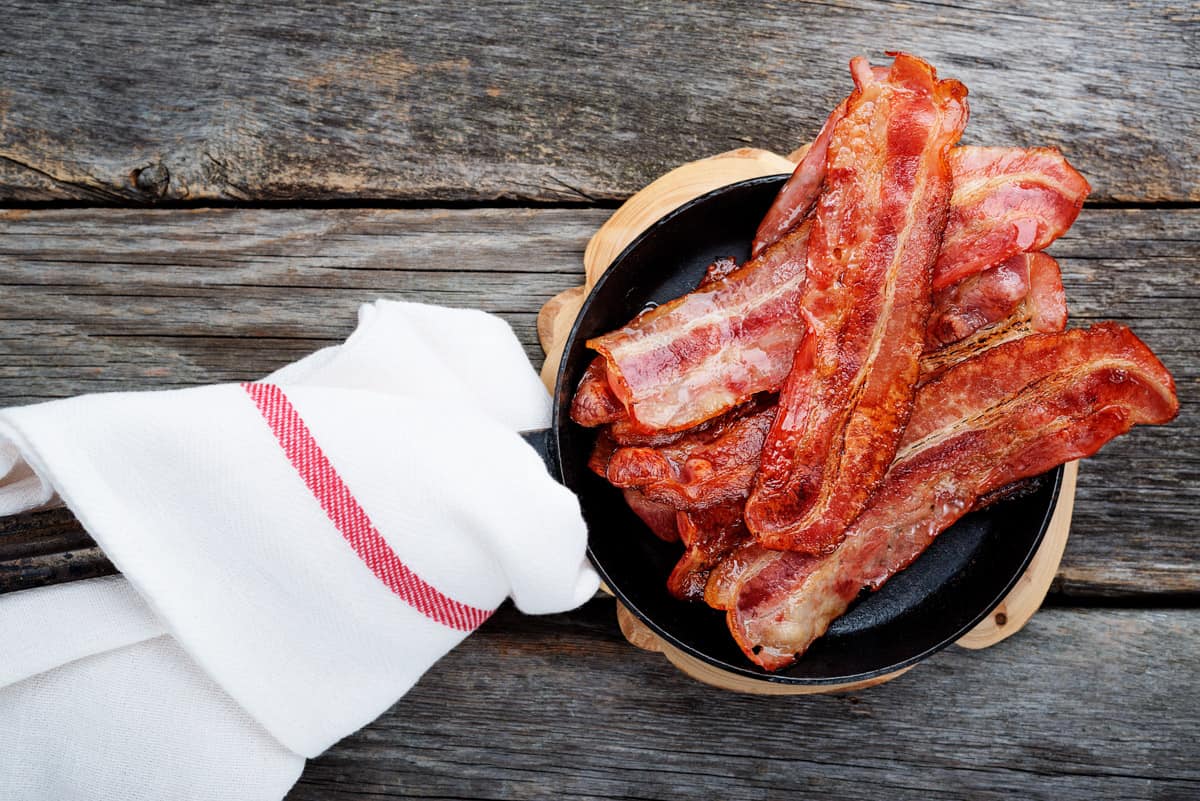When it comes to cheese, there are countless varieties to choose from, each with its own unique flavor and texture. One such cheese that has gained popularity in recent years is Fontina cheese. This semi-soft cheese hails from the Aosta Valley in Italy and is known for its rich, nutty flavor and creamy texture. If you've ever wondered what sets Fontina cheese apart from other types of cheese, you've come to the right place. In this article, we'll explore the origins of Fontina cheese, its characteristics, and how it can be used in cooking.
Origins of Fontina Cheese
Fontina cheese has a rich history that dates back centuries. It is believed to have been first produced in the Aosta Valley, a region nestled in the Italian Alps. Traditionally, Fontina cheese was made from the milk of cows that grazed on the lush grasses and herbs found in the alpine meadows. This unique terroir is said to impart a distinct flavor to the cheese, making it truly one-of-a-kind.
Characteristics of Fontina Cheese
Fontina cheese is easily recognizable by its pale yellow interior and orange-brown rind. The cheese has a semi-soft texture and a rich, creamy consistency. When it comes to flavor, Fontina cheese is known for its nutty, earthy taste with subtle hints of mushroom. This versatile cheese pairs well with a variety of foods and can be enjoyed on its own or as part of a delicious recipe.
Culinary Uses of Fontina Cheese
Fontina cheese is a favorite among chefs and home cooks alike due to its melting properties and rich flavor. Here are some popular ways to use Fontina cheese in the kitchen:
-
Fondue: Fontina cheese is a popular choice for making creamy, indulgent fondue. When melted, it becomes smooth and velvety, perfect for dipping bread, vegetables, and more.
-
Grilled Cheese: Upgrade your classic grilled cheese sandwich by using Fontina cheese. Its meltability and rich flavor take this comfort food to the next level.
-
Pasta Dishes: Fontina cheese can be grated or cubed and added to pasta dishes for a decadent, creamy sauce.
-
Cheese Boards: When assembling a cheese board, Fontina cheese adds a delightful creaminess and depth of flavor.
Where to Find Fontina Cheese
Fontina cheese is widely available in specialty cheese shops, gourmet grocery stores, and even some larger supermarkets. When purchasing Fontina cheese, look for the authentic Italian version, as it is often imitated but never duplicated.
In conclusion, Fontina cheese is a delicious and versatile cheese that adds depth and richness to a wide range of dishes. Whether melted into a gooey fondue or grated over a steaming bowl of pasta, Fontina cheese is sure to elevate any culinary creation. So, the next time you're perusing the cheese aisle, consider adding a hunk of Fontina to your basket and get ready to savor its delectable flavor.
Was this page helpful?
Read Next: What Is Eastern NC BBQ Sauce

